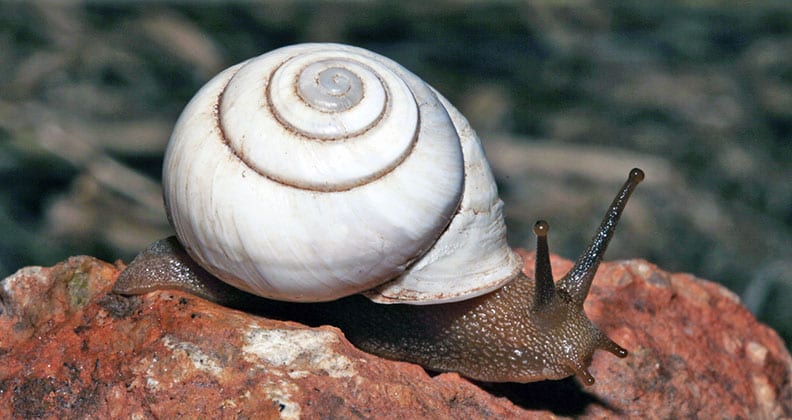A new book developed by Curtin University researchers has been launched today, describing 25 new species of invertebrates on Barrow Island and neighbouring areas in the North West of Australia.
Sponsored by Chevron Australia and published by the Western Australian Museum, The Terrestrial Invertebrate Fauna of Barrow Island now stands as one of the most comprehensive surveys of terrestrial invertebrates on any island in Australia.
The survey was directed by Curtin entomologists Professor Jonathan Majer, Dr Nihara Gunawardene and Dr Christopher Taylor, with the help of numerous taxonomists from Australia and around the world.
Professor Majer said the book, which is a result of eight years’ work on the island, was a fantastic achievement, describing 25 new species including a snail, two spiders, a silverfish and 21 flies, and one new genus of wolf spider.
“Within our unique surveillance program, 2,500 species were predicted to be living on the island, and we have already identified 2,400 of them,” Professor Majer said.
“We will never be able to identify all species, as many are coming and going, but we have come amazingly close.”
The project started in 2005, when the Curtin entomologists and 30 international taxonomists were commissioned to survey the terrestrial invertebrates on the island, as part of Chevron Australia’s obligations to protect the environment of Barrow Island and restrict introduced species.
Professor Majer said the team had to design a special sampling program involving traps and techniques to capture invertebrates from leaf matter, shrubs and the air.
“We had to develop sampling protocols for all parts of the island to ensure all fauna was surveyed at any given site, rather than just employing one technique as is usually done when sampling,” Professor Majer said.
The book comprises 22 scientific papers written by a total of 43 authors using data from more than 20 years of collecting. It includes a background into the Gorgon Gas Project and describes how the team carried out the baseline survey and designed the surveying program.
Professor Majer said having 25 new species described, recorded, and published in peer-reviewed scientific articles was a great accomplishment, with some of the species named after the researchers.
“Dr Gunawardene has a new long-legged fly named after her, Pseudoparentia niharae,” Professor Majer said.
“Some of the other already described species mentioned in this book have also used the names of the researchers involved, such as a thrips, Majerthrips barrow, and a plant bug, Gunawardenea linnaei – you can’t help but feel honoured to have a new thrips or a new plant bug named after you.”
The Terrestrial Invertebrate Fauna of Barrow Island volume will be launched this evening at the opening of Chevron Australia’s Big Bugs of Barrow photographic exhibition, which is open to the public daily until 22 November and is located in the foyer of the QV1 Building on St Georges Terrace, Perth.



